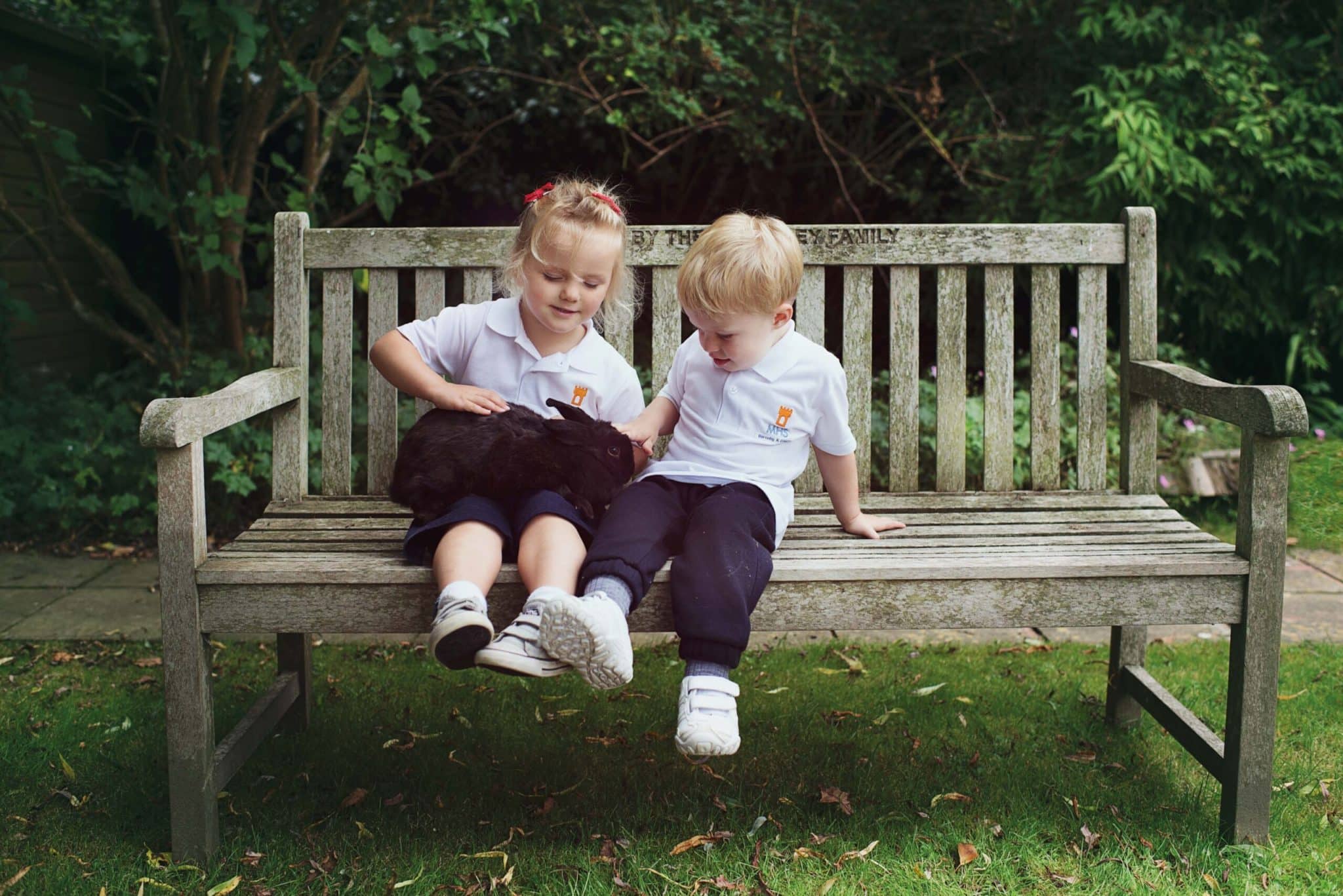The Head of Science at Marlborough House School, Toby Payne-Cook, shares his thoughts on creativity and innovation in education with us…
In 1988, when interviewed about his 25 years in the Rolling Stones, Charlie Watts said: “Well, I’ve spent five years playing the drums and the other 20 hanging around!”
I can identify with Mr Watts’ words when I consider my 17 years as an industrial scientist: About two years of science, two years applying maths, two years applying English, and the rest drinking coffee!
The coffee drinking was the most important part, as it was when I got to share, quash and develop new ideas and learn from the experience of others.
I learnt the importance of collaboration, curiosity and creativity in successful product development, and that when you dedicate more time to developing the imagination and creativity in the workplace, innovative ideas are born and problems can
be solved.
Creativity underpins innovation in product, building or vehicle design; it underpins discovery in science, smart improvements to existing products, processes or organisations, and it underpins invention – creating something new.
Ultimately, creativity underpins problem-solving – identifying the root causes of a problem and drawing upon numerous perspectives and ideas to develop a lasting solution.
In just the last 30 years, computers have advanced exponentially, with infinitely superior processing capacity to our own, and although it can seem as though the internet and social media have taken over our world, they have enabled us to share more ideas with more people more often than ever before. Imagine what the next 30 years will bring.
Industry, science and business need the most nimble thinkers to navigate the complex ethics and technologies in this fast-changing world, and as paths to careers become less linear and the workplace demands increasingly broader skill-sets, I believe only the most creative, adaptable and resilient will thrive.
In the classroom, children can be at their most curious and courageous, always asking questions and often sufficiently confident to try out new ideas with no fear of failure, or very little.
This is the perfect environment to unlock their creative potential, and in doing so help them to start developing life skills and abilities that will stand the test of time.
Primary school-age children are a long way from developing the specific skills and understanding of concepts they may need to succeed in the workplace, but by nurturing a learning environment where creativity has time and space to grow, children won’t have to wait for a good day at the ‘office’ to understand the scope of what can be achieved through collaborative working, or the association between risk-taking and generating an original idea.
More art, more drama, more cross-curricular learning and encouraging children to connect and fuse their creative and scientific minds, will not only help develop their problem-solving skills across ALL subjects, but their resilience, confidence, decision-making and adaptability – essential characteristics we need to turn a world of change into a world of opportunity.
When we give children more time to imagine, wonder, explore, experiment, play, build and question, I believe we can help to sow the seeds of our future innovators – before they are 12.








